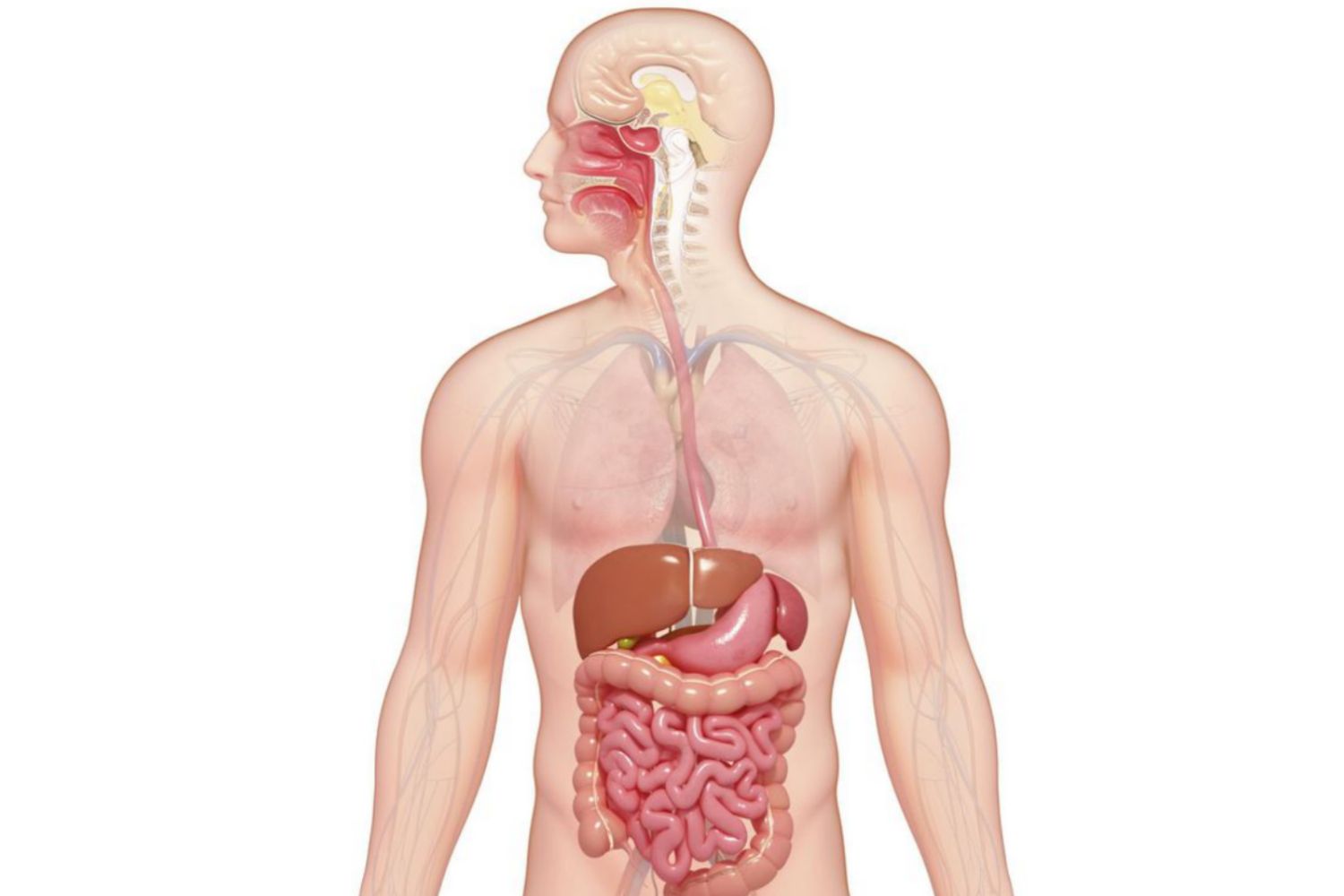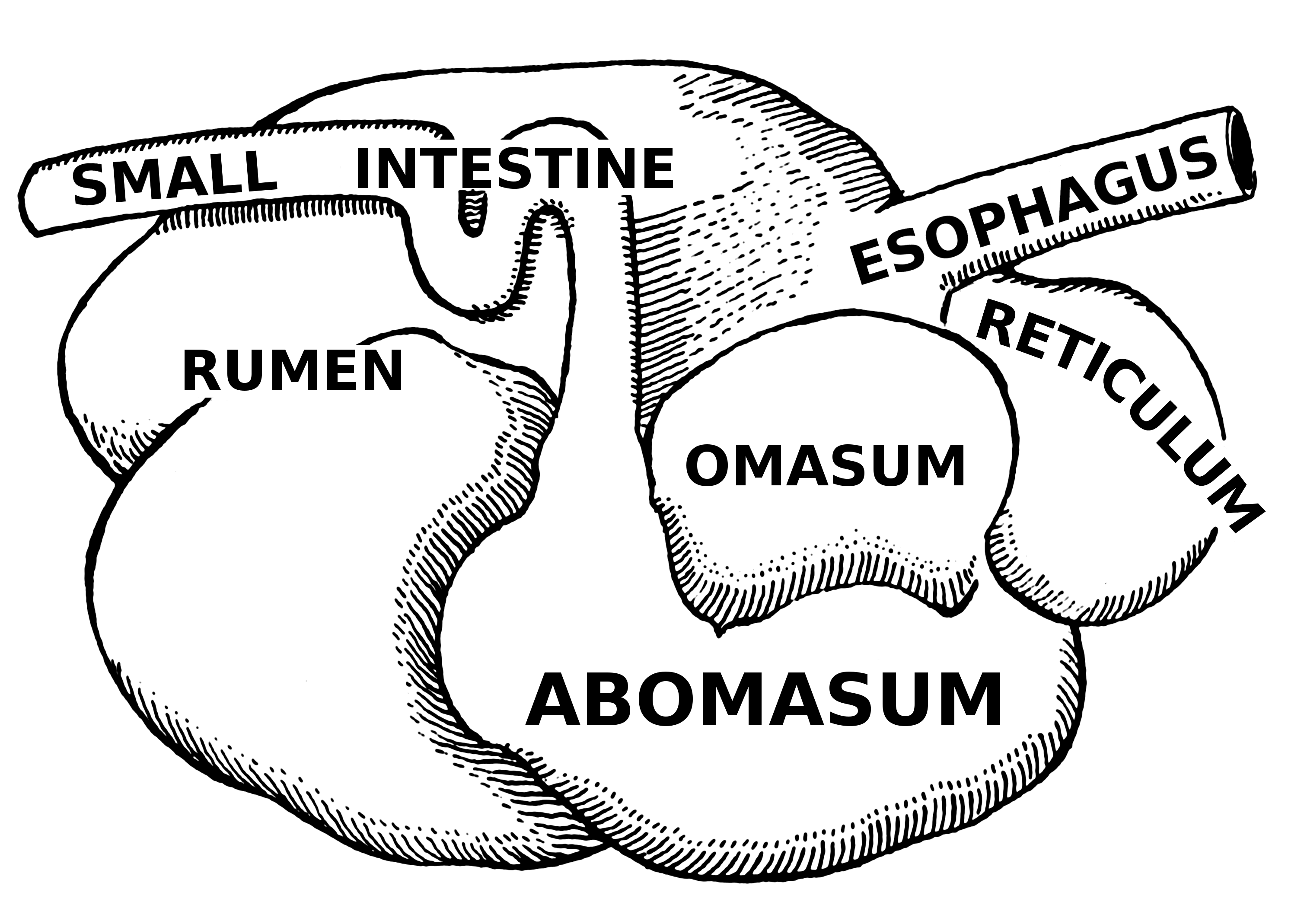What Animal Has the Most Stomachs: An Exploration of Digestive Systems
The animal kingdom is home to a wide variety of fascinating creatures, each with its unique adaptations and biological characteristics. One intriguing aspect of animal physiology is the digestive system, which plays a vital role in breaking down food for nourishment. Among the many questions that arise when discussing digestive systems is, "What animal has the most stomachs?" In this article, we will embark on an exploration of digestive systems and uncover the remarkable creatures that possess multiple stomachs.
1. Understanding Digestive Systems:

Digestive Systems
Before we delve into the animals with multiple stomachs, it is essential to understand the basics of digestive systems. A digestive system is a complex network of organs that work together to break down food into nutrients that can be absorbed by the body. The key organs involved in digestion include the mouth, esophagus, stomach, small intestine, and large intestine.
2. Ruminants and Their Multiple Stomachs:
a. Ruminant Definition:
Ruminants are a group of herbivorous mammals that possess multiple compartments in their digestive systems, commonly referred to as multiple stomachs. These compartments enable ruminants to efficiently process plant material, which is often challenging to digest.
b. The Four Stomach Compartments:
The digestive system of ruminants consists of four stomach compartments: the rumen, reticulum, omasum, and abomasum. Each compartment has a specific function in the digestion process, allowing ruminants to extract maximum nutrition from plant material.
c. Rumen:
The rumen is the largest compartment and acts as a fermentation vat. It is home to various microorganisms, such as bacteria and protozoa, which aid in breaking down complex carbohydrates found in plant matter.
d. Reticulum:
The reticulum acts as a filtering chamber, trapping large particles and foreign objects that the animal may have ingested accidentally. It also assists in the regurgitation and re-chewing of food, known as cud.
e. Omasum:
The omasum is responsible for further grinding and filtration of the partially digested material. It absorbs water and some nutrients before passing the remaining contents to the abomasum.
f. Abomasum:

Abomasum
The abomasum is often considered the "true stomach" of ruminants, as it functions similarly to the stomachs of monogastric animals (animals with a single stomach). It secretes digestive enzymes and acid to break down proteins, fats, and carbohydrates.
3. Animals with Multiple Stomachs Beyond Ruminants:
a. Koalas:
While not classified as ruminants, koalas have a unique digestive system that can be considered similar to that of ruminants in terms of multiple compartments. Koalas possess a specialized digestive organ called the caecum, which aids in the breakdown of eucalyptus leaves, their primary food source.
b. Camels:
Camels are another example of animals with multiple stomach compartments. They have three compartments in their digestive systems: the rumen, omasum, and abomasum. This adaptation enables them to efficiently extract moisture and nutrients from the sparse vegetation found in arid environments.
c. Cows and Other Grazing Animals:
Apart from ruminants, various grazing animals such as cows, sheep, and goats have multi-chambered stomachs. These animals possess a digestive system that allows them to process large amounts of fibrous plant material effectively.
4. Unique Adaptations and Advantages:
Animals with multiple stomachs have evolved these adaptations for specific reasons, including:
a. Efficient Nutrient Extraction:
The presence of multiple compartments in their digestive systems allows these animals to break down and extract nutrients from complex plant material more efficiently.
b. Coping with Low-Quality Food:
Animals that rely on low-quality or high-fiber diets, such as grasses or leaves, benefit from the multi-chambered stomachs as it enables them to digest and extract nutrients from these challenging food sources.
c. Fermentation and Microbial Symbiosis:
The presence of specialized compartments, such as the rumen, allows for the fermentation of plant material by microbial symbionts, enhancing digestion and providing additional nutrients.
Ruminants and certain other animals possess the fascinating adaptation of multiple stomach compartments, enabling them to efficiently process plant material and extract nutrients. From the ruminants with their four stomach compartments to koalas with their specialized caecum, these animals have evolved unique digestive systems to thrive on specific diets. Understanding the intricacies of these digestive adaptations offers a glimpse into the remarkable diversity of the animal kingdom and the incredible ways in which organisms have adapted to survive and thrive in their respective environments.